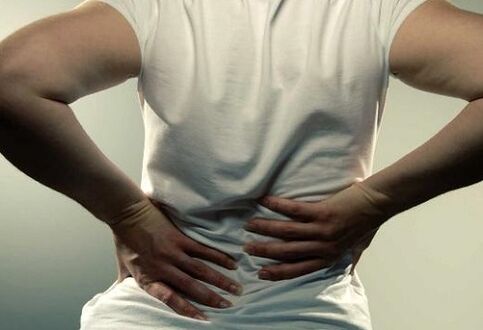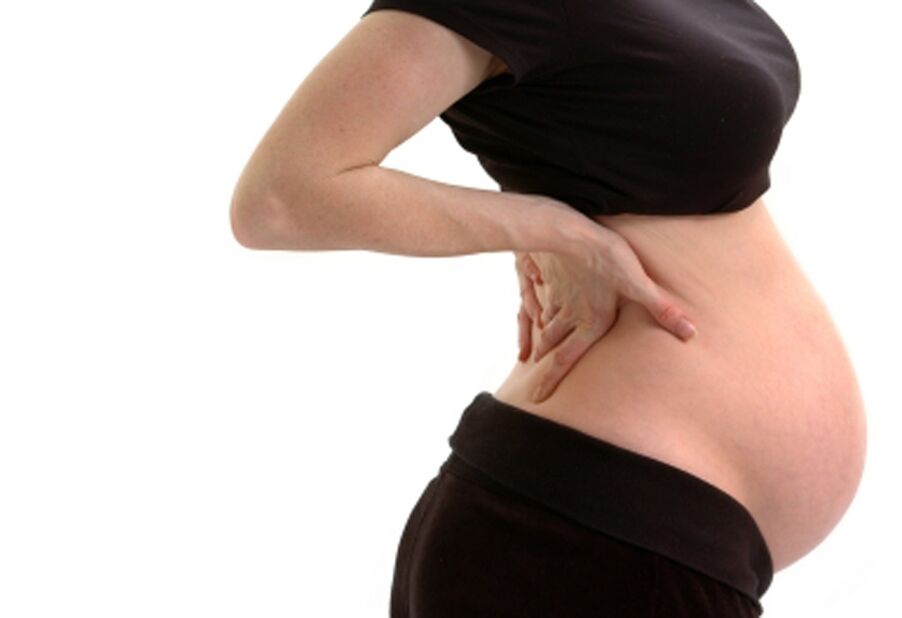
As soon as many patients crossed the threshold of the doctor's office, they hugged their waists and asked, "Why does my back hurt, and what medicine can I take to relieve this pain? "
Unfortunately, everything is not that simple and the right treatment can only be chosen once the cause of the pain is identified.
A considerable number of people suffer from mild to moderate low back pain throughout their lives and consider it normal. However, even if you experience persistent mild or severe tingling in your lower back for an extended period of time, you should see a therapist to diagnose the problem. After all, if action is not taken in time, the condition will worsen.
Although low back pain is not the most serious disease, it can cause great pain and discomfort over time.
Primary and Secondary Pain Syndromes
The causes of low back pain can be very different, and it is only after a thorough understanding of where they come from that you can begin to deal with the condition.
According to the medical classification of the disease, there is a distinction between primary and secondary pain syndromes that occur in the lower back.
Primary pain syndrome develops in the context of spinal degenerative dystrophic pathology. These include osteochondrosis, which damages cartilage and bone tissue, and spondyloarthropathy, which affects the intervertebral or synovial joints.
Secondary pain syndromes can occur for a variety of reasons. First, there is often pain in the lower back due to a curvature of the spine (scoliosis). Furthermore, this can be observed due to metabolic disturbances of bone tissue (osteoporosis or osteomalacia).
Many times, the cause of low back pain is a non-infectious inflammation (ankylosing spondylitis, Wright syndrome, rheumatoid arthritis, etc. ).
A fairly dangerous cause of low back pain is a spinal fracture.
Pain syndrome may be the result of vertebral and disc damage (brucellosis, tuberculosis, epidural abscess) caused by various infectious diseases.
Pain in the lower back due to acute spinal circulation disorders (stroke conditions) and gastrointestinal disorders (obstruction, atypical acute appendicitis).
In some pathologies, back pain is reflected. It occurs when organs located in the pelvic region are affected (gynecological diseases, venereal diseases, renal colic).
Pain is often experienced when stretching the lower back muscles. When the discs in the lower back are displaced, the lower back can be painful. At the same time, due to the severe pain, the patient's body adopts a forced posture and has limited mobility when walking.
Arthropathy of the hip (arthropathy of the hip) is also often a cause of secondary pain.
Other causes of back pain
Often, acute low back pain occurs as a result of unsuccessful exercise, prolonged work in uncomfortable positions, inappropriate weight lifting or bearing, falls or blows, sharp straightening while turning, and prolonged hypothermia or exposure to airflowmiddle. All of these "accidents" can lead to spasms and inflammation of the deep back muscles.
Many patients notice that their lower back often hurts after sleeping. There's a reason for that too. The simplest of these is the uncomfortable position of the body in the dream. For people who like to sleep on their stomachs, the muscles in the lower back are always in a tense state, causing pain. Sometimes this painful condition is due to the fact that the bed or pillow itself is not suitable for the person. That's why experts recommend sleeping on an orthopedic mattress to completely relax your back.
Also, morning low back pain may be a symptom of an internal organ disorder. Thus, pathologies of the circulatory, digestive and genitourinary systems are accompanied by back pain.
Low back pain is the cause of negative emotions
Few patients realize that the lower back is one of the most physically and mentally healthy parts of the body, and as such, it responds very strongly to severe stress and excitement.
Anger, rage, irritability, or intense fear can cause a flood of adrenaline to be released into the bloodstream. The result - increased tension in the muscles of the back. If there is not enough discharge, the muscle with increased tension begins to gradually tighten. Then - cramps and pain syndrome. It should be noted that mentally unstable individuals often develop spinal disorders, for which psychotherapy is the best treatment.
low back pain during pregnancy

Many pregnant women worry about the causes of low back pain. In early pregnancy, this can be due to kidney or urinary tract disease. Also during this time, progesterone production increases, so the ligaments soften slightly, which can lead to low back pain.
In the second trimester, when the abdomen is significantly enlarged, the load on the spine is also greatly increased, so there is stretch pain in the lower back.
Severe low back pain during pregnancy can sometimes be the cause of a neurological disorder (herniated disc or sciatica).
What to do if you have back pain
First, if your back pain doesn't go away within three days, you need to consult a neurologist. Only a specialist can develop the correct treatment strategy, which depends on the severity of the patient's condition.
In general, most low back pain requires conservative treatment, however, sometimes in some cases, it cannot be done without surgical intervention.
There are three main goals to achieve when prescribing conservative treatment:
- Alleviate the pain of the patient.
- Develop a plan of treatment and preventive measures to slow the degenerative dystrophic process of the spine.
- The patient quickly returned to normal life.
First, we all need to learn how to properly relax after physical exertion. To do this, you need to take a horizontal position on a hard surface, and for optimal relaxation, place a pillow under your knees.
Patients with impaired motor activity are advised not to stay in bed for more than 2-3 days, even if they have pain (not very intense, of course), as this can significantly weaken the paraspinal muscles. Orthopedic consultation is required for persistent pain syndrome with recurrence of leg pain.
In the case of a diagnosis of osteochondrosis, a complex medical treatment is carried out with the help of drugs that reduce pain, improve blood circulation and restore nerve tissue.
To get rid of back pain, paravertebral blocks have proven themselves well. This injection helps relieve inflammation and muscle spasms, thereby relieving pain.
When a herniated disc is discovered, surgical problems arise. The technique involves removing the hernia that is compressing the root and creating the conditions for its recovery.
























